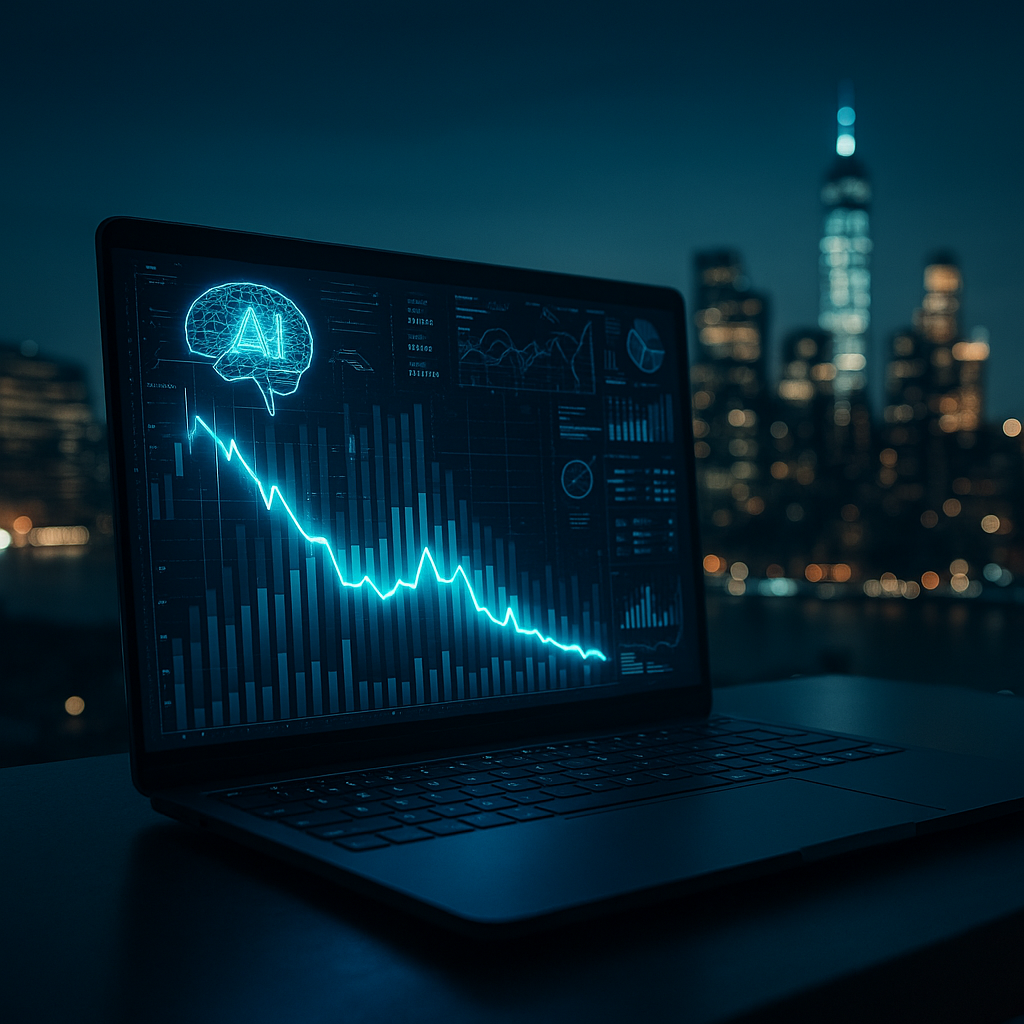A New Way to Spot Opportunity Early
Stock investors rely on timing. But in fast markets, the best signals often show up before charts or headlines confirm them. That’s where AI comes in. Today, more analysts, firms, and independent traders use artificial intelligence to detect stocks that may move—long before traditional tools catch up.
AI doesn’t make predictions like a crystal ball. Instead, it scans huge amounts of market data and highlights patterns that often come before price shifts. These aren’t guesses. They’re insights based on real behavior from the past.
AI Spots Patterns That Humans Miss
Many investors look at volume, price trends, or technical indicators. AI goes further. It looks for deep patterns across time. For example, an AI model can find similarities between what’s happening today and what happened in thousands of past trading days. When those conditions match, it raises a flag.
Some systems use labeled training data. They learn what types of events came before a stock’s move. Others use models that look for “clusters” or groups of stocks that behave differently from their usual trend. When a few begin to shift, AI catches it before the rest of the market takes notice.
These methods don’t rely on one rule. AI works by finding relationships that shift with the market. That means it keeps learning and adjusting. It’s always watching for early signs—not reacting after it’s too late.
It Doesn’t Just Read Charts
AI doesn’t rely on price data alone. It pulls information from many sources—news articles, social media, earnings reports, even consumer trends. If a company’s name shows up more often online, or its product suddenly climbs in reviews, AI can factor that in. These small details often signal change before it hits the numbers.
Natural language tools help as well. AI reads financial reports and listens to earnings calls. It tracks tone and phrasing. If a CEO sounds less confident or mentions a risk more than usual, the AI might flag that. These shifts in language, while subtle, often come before changes in analyst ratings or public reaction.
Watching Groups, Not Just Stocks
AI doesn’t work on single stocks alone. It also watches sectors and indexes. If a few stocks in a group start moving in a strange way, AI can detect that behavior. For example, if energy stocks begin to react to a supply report before it hits major news, the system sees the change. It sends alerts not because of headlines, but because the data across stocks starts to shift together.
That view is hard to get with human eyes. AI watches all of it at once, and it does so with context. It doesn’t panic at noise. It compares every new move to thousands of others, checking if it really matters.
Why This Isn’t About Automation
AI doesn’t buy or sell stocks. It doesn’t remove your role as an investor. What it does is offer insight. It shows you where something unusual might be happening. Then you decide what to do.
This makes AI a tool for clarity—not control. It won’t replace experience. But it gives you more to work with, faster and with fewer blind spots. In fast-moving markets, that difference matters.
Final Thought
AI finds stocks by watching what most people can’t. It reads faster, compares deeper, and reacts to signals hidden in noise. It won’t predict the future—but it can show you where the market might be leaning before the crowd sees it.
Used wisely, AI won’t make the decision for you. But it can help you ask the right questions, at the right time—and that’s often where the edge begins.
Disclaimer
This article is for informational and educational purposes only. It does not constitute financial, investment, or trading advice. Always do your own research or consult a licensed financial advisor before making investment decisions.
